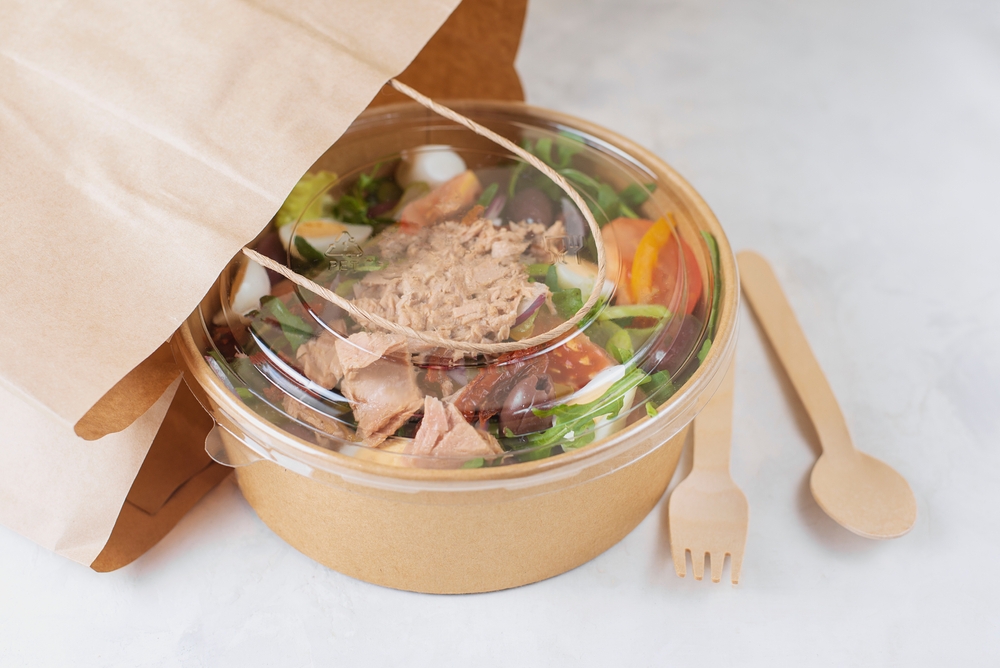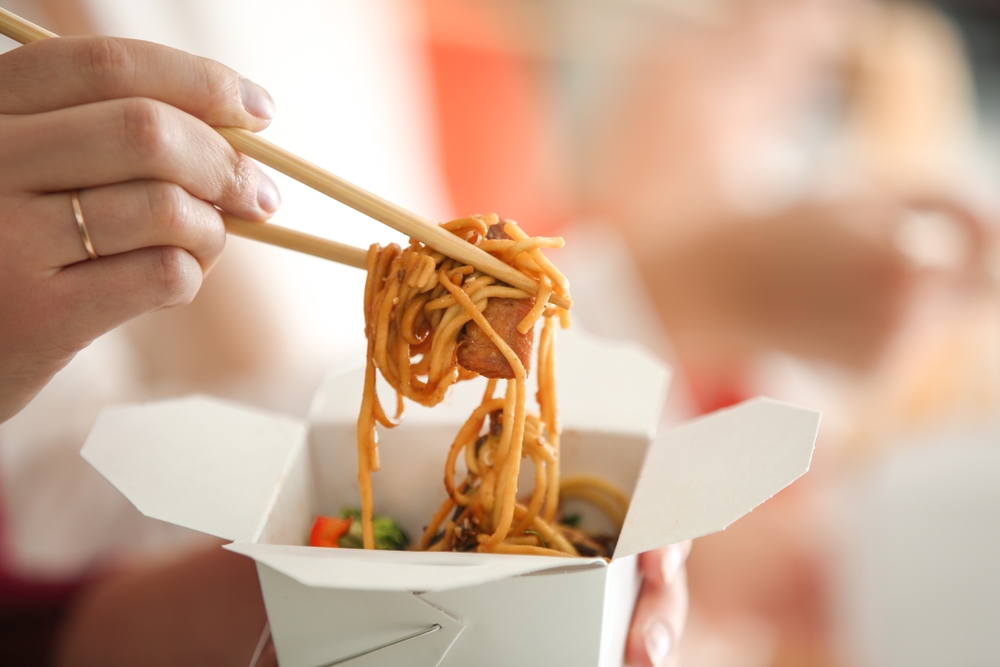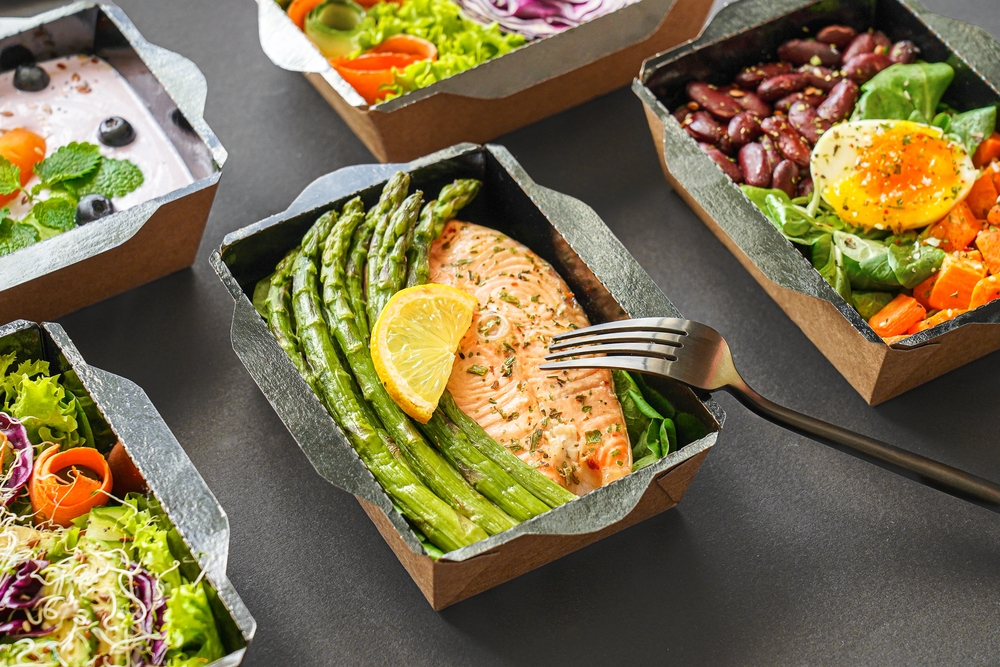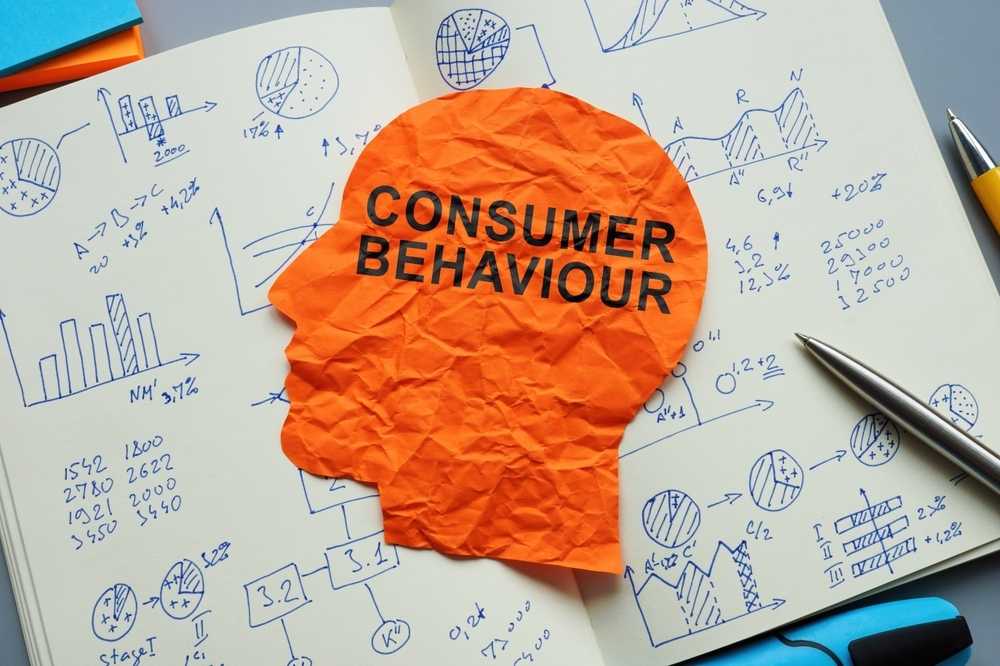Which Places Use Takeaway Packaging Most Extensively?
By Morten Numrich · 24. April 2024
Which places use takeaway packaging most extensively?
Predominantly, fast-food chains, coffee shops, street vendors, and dine-out spots across cities make the most of these disposable solutions.
As we map out the major users and their impact on our planet, we uncover not just data but also the surge toward sustainable change.
Global Takeaway Culture: Where It All Began
 Recyclable Takeaway Container
Recyclable Takeaway Container
The concept of prepared meals to be eaten elsewhere is older than you think. Dating back to ancient Greece, Rome, and China, takeaway food stalls were quite the rage.
Imagine medieval Europeans munching on meat pastries from street vendors, not very different from grabbing a hot dog in New York today!.
Fast forward to the Industrial Revolution, the birth of fish and chip shops in Britain marked a significant milestone in the history of takeout food.
With modern technological advancements and lifestyle changes, the takeaway culture has expanded globally, resulting in a significant increase in the usage of takeaway packaging. But is this ‘throwaway culture’ sustainable?
Fast Food Giants and Their Packaging Practices

Fast-food chains, the modern epicenters of takeaway food, are waking up to the call of eco-conscious consumers.
Let’s not forget, these food outlets contribute substantially to packaging waste worldwide, with everything from burgers to beverages wrapped in single-use packaging.
So how are these fast-food giants responding to the demand for sustainable packaging? Let’s take a closer look.
McDonald’s
The Golden Arches is stepping up its green game. McDonald’s, one of the world’s largest fast-food restaurants, is committed to improving the sustainability of its takeaway packaging.
By 2025, all McDonald’s guest packaging will be from renewable, recycled, or certified sources. Quite a lofty goal for a giant, isn’t it?.
McDonald’s isn’t stopping there. The company is also exploring plant-based materials for cups. So, you might soon be sipping your morning coffee from a plant-based cup at McDonald’s!.
KFC
KFC, the fast-food chain famous for its ‘finger-licking good’ chicken, hasn’t been immune to criticisms for its use of non-recyclable plastics.
However, like a phoenix rising from the ashes, KFC has pledged to use 100% recoverable or reusable plastics by 2025.
In a few locations, you might even find your chicken bucket made of bamboo! Plus, they’re experimenting with biodegradable packaging for side dishes and edible rice bran for their burgers.
It seems KFC is on a mission to turn its environmental critics into fans!
The Impact of COVID-19 on Takeaway Packaging
 ready healthy food packaging
ready healthy food packaging
The COVID-19 pandemic has left an indelible mark on our lives, and takeaway packaging is no exception.
With dine-in restrictions, many restaurants closed their indoor dining spaces, shifting to take-out services. This led to a sharp increase in demand for takeaway food.
As a result, we saw a significant rise in plastic packaging waste, with median annual amounts soaring during the pandemic.
This sudden growth in takeaway packaging also led to increased CO2 emissions. The pandemic not only tested our resilience but also the limits of our waste management systems.
Regional Differences in Takeaway Packaging Usage
The use of takeaway packaging isn’t uniform across the globe. Let’s take a quick tour.
North America, for instance, is seeing a boom in the foodservice packaging market thanks to quick-service restaurants and a growing love for convenience foods.
In Europe, on the other hand, the online food delivery market is fueling the expansion of takeaway packaging, with on-the-go eating trends contributing significantly.
From paper plates and tin foil trays to foam burger boxes, each region has its own set of preferred takeaway containers, including various food containers.
Regardless of the differences, the need for sustainable alternatives remains universal.
Sustainable Packaging Innovations Around the World
 Sustainable Materials in Reusable Packaging
Sustainable Materials in Reusable Packaging
As we grapple with the challenges of takeaway packaging, innovators worldwide are coming up with sustainable solutions to replace plastic food containers.
From edible cutlery and plant-based materials to reusable container schemes, let’s explore how these remarkable innovations are turning the tide.
Plant-Based Materials
Plant-based materials are making a splash in the packaging world. Sugarcane bagasse, seaweed, and even chitin from shrimp shells are being used to create eco-friendly packaging options.
Even McDonald’s is exploring plant-based materials for cups.
As we strive towards green energy and sustainable resources, these plant-based materials present a promising and sustainable choice.
Reusable Container Schemes
Reusable container schemes are gaining traction globally. From Austria’s refillable glass milk bottles to Denmark’s packaging-free LØS market, these initiatives promote a circular economy, reducing waste and promoting reuse.
These schemes are not just good for the planet but also offer businesses potential cost savings and opportunities to improve brand loyalty.
Government Regulations and Initiatives
Governments around the world are stepping up to encourage sustainable packaging practices. From introducing plastic packaging taxes and extended producer responsibility schemes to planning deposit return schemes, governments are making their moves.
Let’s explore these initiatives in more detail.
Plastic Bans
In the UK, the government has swung into action, banning the online and over-the-counter sales and supply of single-use plastics.
This includes a variety of items from polystyrene food and drink containers to drinks stirrers, balloon sticks, and plastic straws, aiming to reduce plastic waste.
Among the targeted items are single use plastic containers, which contribute significantly to the problem.
Moreover, these bans apply to all single-use plastics, whether they are biodegradable, compostable, or made from recycled materials.
Violators may face fines and investigation costs, indicating the government’s commitment to enforcing these bans.
Incentives for Reusables
Governments are also offering carrots along with the stick. They are incentivizing reusables by offering subsidies to businesses that invest in reusable packaging solutions.
Tax reliefs are provided for consumers who opt for reusable containers over single-use options.
Moreover, community groups are collaborating with local businesses to create reusable container programs that benefit both the environment and the economy.
It seems a collective effort is the way forward in promoting sustainability.
Recycling Programs
In addition to plastic bans and incentives, governments are also promoting recycling programs. These programs are designed to encourage proper disposal of waste materials and promote environmental sustainability.
For instance, Recycle Now operates as a national recycling campaign for England and Northern Ireland, offering a range of resources to bolster citizen participation.
It even has a dedicated Recycle Week to focus on a period of heightened awareness and action among the public. Coupled with the upcoming Deposit Return Scheme, these initiatives aim to encourage recycling and reduce litter.
Consumer Behavior and Its Influence on Takeaway Packaging
 Consumer Behavior
Consumer Behavior
While government regulations and business initiatives are crucial, consumer behavior plays a significant role in shaping takeaway packaging practices.
A growing demand for sustainable packaging is evident, with 81% of consumers demanding it as of January 2023.
Moreover, consumers are willing to bear additional costs for sustainable packaging, with 49% prepared to pay more for both the product and its delivery.
In the UK, 8 out of 10 consumers are open to spending more on products that come with eco-friendly packaging.
Challenges and Opportunities in Reducing Takeaway Packaging
While it’s clear that there’s a need to reduce takeaway packaging, the journey is fraught with challenges.
These include limited availability of sustainable materials, intensified disposal of food packaging due to COVID-19 fears, and increased use of single-use plastics.
Despite these challenges, there are also immense opportunities. The shift toward sustainable packaging paves the way for long-term industry growth, with positive environmental, health, and community impacts.
It seems the path towards sustainability, while challenging, is worth every step.
Tips for Consumers to Reduce Takeaway Packaging Waste
As a consumer, you can also play a significant role in reducing takeaway packaging waste.
Start by rejecting additional cutlery and napkins with takeaways, share meals, and carry reusable utensils. Each small step counts, including using reusable takeaway packaging.
Moreover, consider purchasing in bulk, bringing your own containers, and opting for digital receipts to cut down on packaging waste.
Even actions like cooking at home, growing your own produce, and understanding local recycling guidelines can help minimize packaging waste impacts.
Frequently Asked Questions
Is it safe to reuse takeaway containers?
Nope, it’s best not to reuse plastic takeaway containers for reheating food as toxins from the plastic can seep into your meal, making it potentially hazardous. Stick to using them for storage instead, or make sure they’re microwave safe.
Where does most packaging end up after use?
Most packaging ends up in landfills and the environment, contributing to pollution and waste management challenges. Switching to biodegradable materials and reducing single-use plastics can help tackle this issue.
What packaging is used in fast food?
Fast food restaurants commonly use paper-based packaging like bags and wraps because they’re cheap, light, and can be customized with branding.
What is sustainable packaging?
Sustainable packaging is all about minimizing environmental impacts by using recycled or recyclable materials, reducing packaging, and encouraging reuse.
How are fast-food giants improving their packaging practices?
Fast food giants are making changes like using renewable, recycled, or certified materials, exploring plant-based options, and reducing packaging waste to improve their packaging practices.

